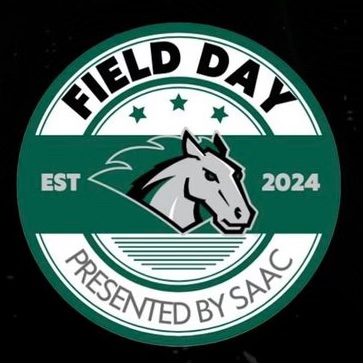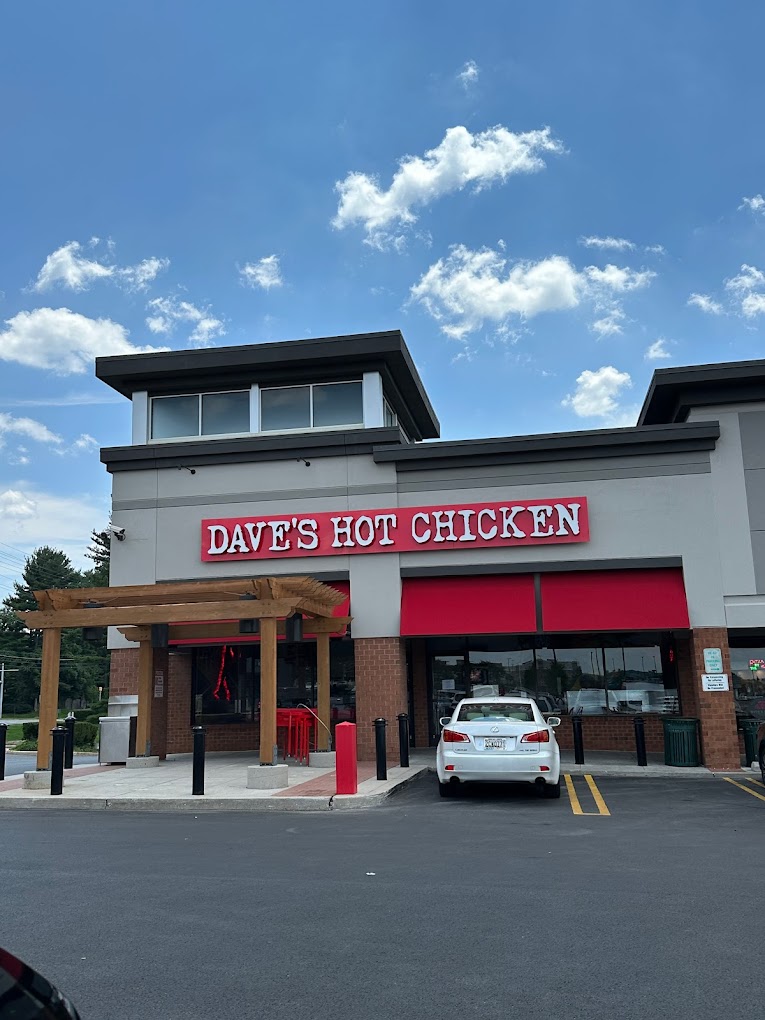Taxes are an obligation for most Americans, and no one enjoys filing them. Frequently, taxpayers will wonder where their tax dollars go. TurboTax answers those questions: “Each state is free to choose where to spend tax revenue, with the most common uses being education, health care, transportation, corrections and low income assistance. Some additional programs are expenditures for state police, environmental programs, health benefits for public employees, pensions, care for residents with disabilities, parks and recreation, economic development and general aid to local governments.”
 According to TurboTax, federal taxes are used for investments in technology and education, as well as for other goods and services. The three biggest categories of expenditures are major health programs (Medicare and Medicaid), defense and security and Social Security.
According to TurboTax, federal taxes are used for investments in technology and education, as well as for other goods and services. The three biggest categories of expenditures are major health programs (Medicare and Medicaid), defense and security and Social Security.
For many college-aged adults, taxes are confusing to understand. Many students are able to get through college without learning the process, but TurboTax offers some helpful tips to make it more simple.
STEPS FOR FILING TAXES
Begin by collecting income information, gathering as much information about earned income from the past year. This information includes forms from previous years, such as 1098, W2 and 1099. The next step is to determine deductions and exemptions to reduce the tax burden. Then one must obtain proper tax forms for the new year.
Investopedia explains that the 1098 form is “a form filed with the Internal Revenue Service (IRS) that details the amount of interest and mortgage-related expenses paid on a mortgage during the tax year. There are three types of 1098 forms. The 1098-C details the donations of vehicles boats and airplanes, 1098-E is for the interest paid on qualified students loans, 1098-T details tuition and related fees during the year.” One or all of these forms are factored into tax returns– used as deductions to reduce taxable income.
The W2 is a tax form that shows how much tax has been deducted from each paycheck for the year. Again, this deduction is used to reduce taxable income.
A 1099 form is used to report earnings from income when one is self-employed. It is also used to report any interest and dividends earned from things like savings or stocks, government payments and more. There are four types of 1099 forms: interest and dividends, government payments, withdrawals from a retirement account and debt cancellations.
Fill out each form properly as tax laws are constantly changing. Read the instructions carefully and understand them in order to fill out the forms without errors.
The final step when filing tax returns is to mail tax forms and all supporting documents before the filing date to the address listed in the instructions. If your taxes arrive late, you can be charged a late fee. Be certain to make a copy of every document sent to the IRS, just in case they get lost.
A number of free tax filing services or software programs are available. Not all advertised as free, however, are actually completely free through the filing process. Do some research to make sure you are not going to be charged for filing your state taxes through the service.



































